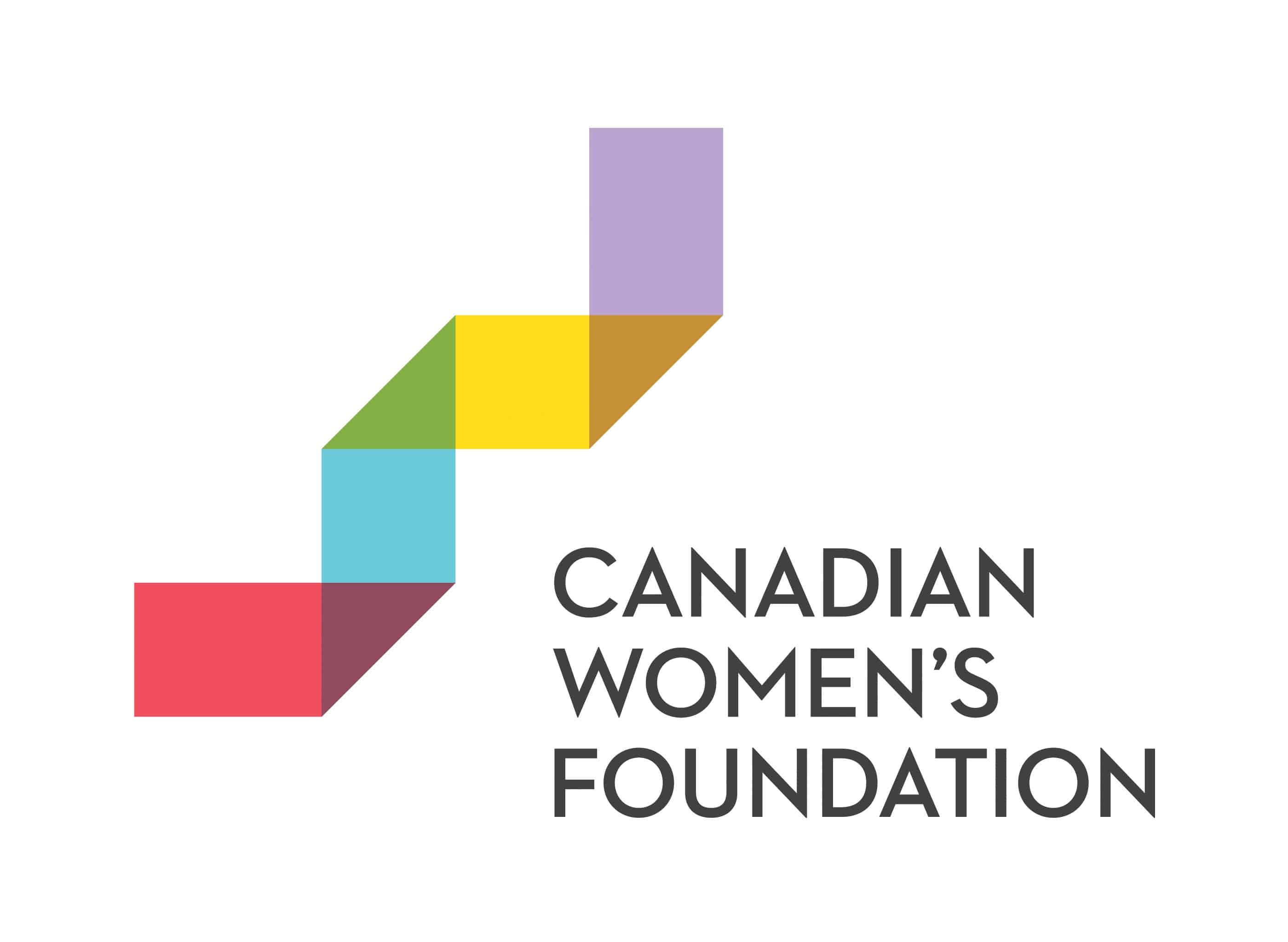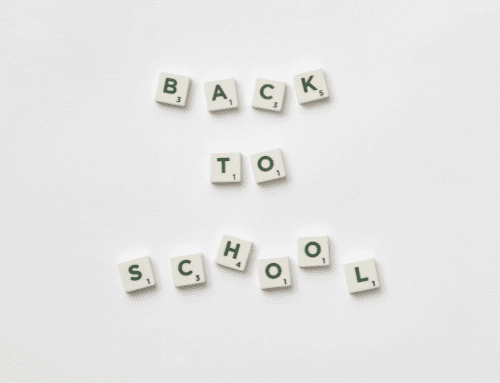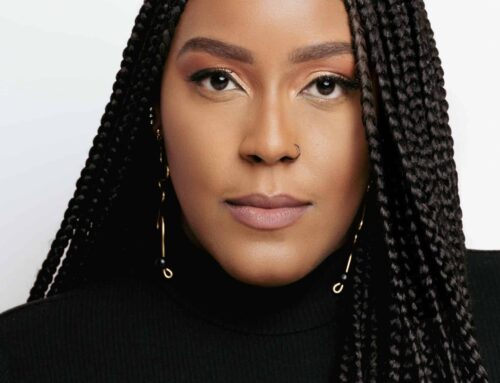
But how do we ensure that these programs are safe spaces for kids who are questioning their gender or who identify as transgender?
It’s an important question, given the growing awareness about creating supportive environments for transgender youth. Children may start questioning their gender from a fairly young age: a report from the Trans PULSE project says that 59% of survey respondents knew their gender identity did not match their assigned gender before age 10 and 80% knew by age 14.
Mental health is also a concern for trans youth given that harassment, threats and bullying are common. The Canadian Trans Youth Health Survey found that nearly two-thirds of participants reported self-harm in the previous year, and more than one in three had attempted suicide.
With this in mind, Beth Malcolm, Director of the Foundation’s Girls’ Fund, and Samantha Cochrane, Manager of Girls’ Mentoring, have been working for the past few years to ensure that girls’ programming is gender inclusive. As part of the process, the Girls’ Fund revised its funding criteria to say that in order to be eligible, programs must be girls-only and inclusive of all gender expressions.
“We talked about creating a safe space for all who identify as girls,” says Malcolm. They also considered changing the name of the Girls’ Fund, but after consulting with experts, decided that the name should remain, while the definition of “girl” would become broader.
“Shortly after we looked at our criteria and made our changes on gender diversity, the Girl Guides of Canada came out with their policy around Girl Guides being inclusive of all who identify as being female. It reinforced to me that we made the right decision to tackle the issue of gender diversity in girls’ programs. The Girl Guides is not changing their name, but still including all, however they may express their gender.”
The delivery of Foundation-funded girls’ programs won’t change significantly, but Malcolm says it’s important for program staff to be prepared and know how to make the environment truly safe for everyone. To help with this, Malcolm and Cochrane will continue to have conversations with grantees about gender diversity, and share knowledge and resources about the topic.
“For a child who is questioning their gender, a girls’ program may be one of the only places where they can feel accepted for who they are,” Malcolm says. “I think that’s a really significant part of why we want to do this. We want to find that spot for that young person who maybe doesn’t feel included in their everyday life.”
Learn More
- Learning to Love Gender Diversity
- Some Clothes Cost More Than You Think
- How to help girls feel connected
- Join GEN1. Become a monthly donor and help us build the first generation to experience gender equality.
- Sign up for our e-newsletter to have our latest stories and resources sent to your inbox.
- Follow us on Facebook and Twitter to join a national conversation on gender equality.







